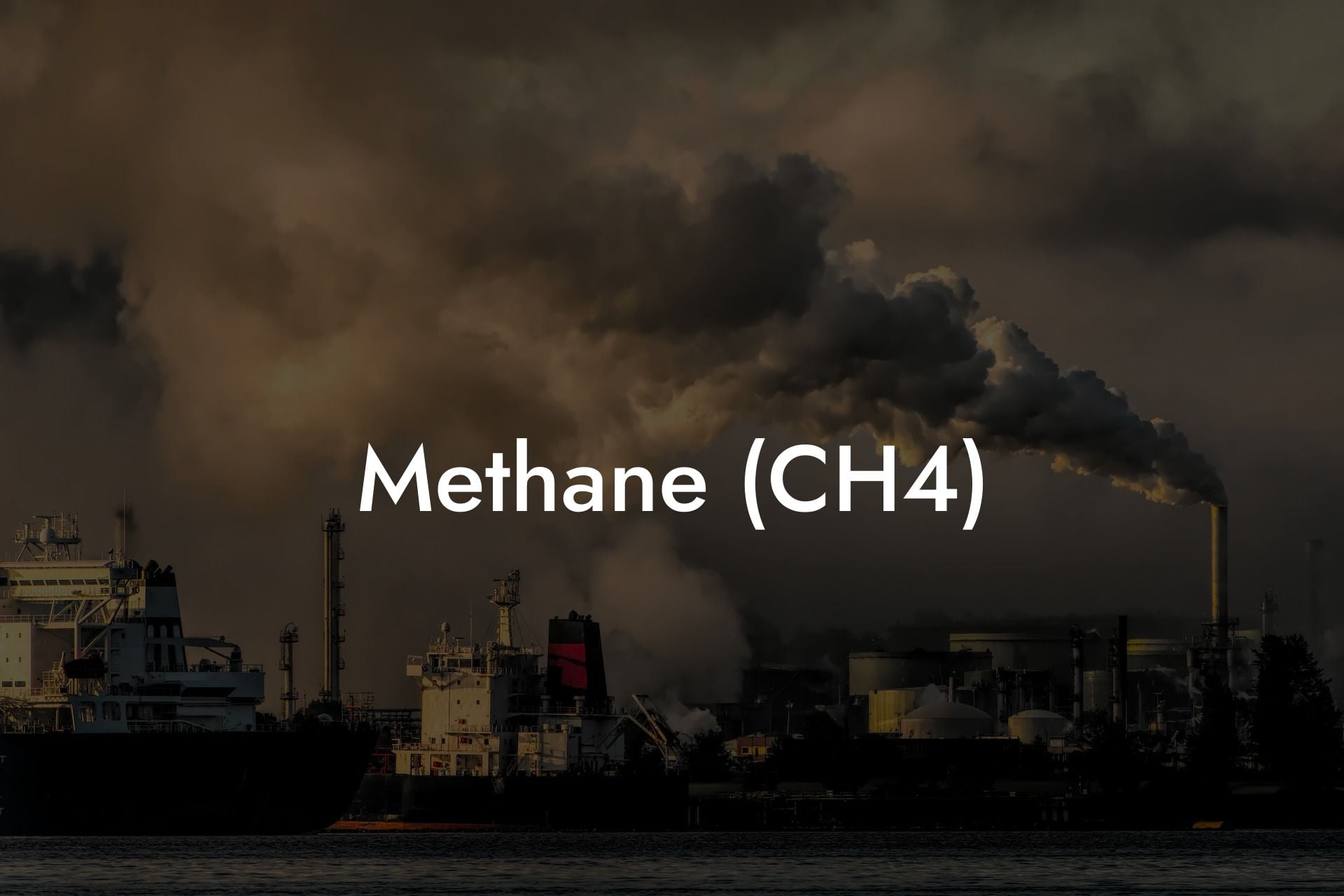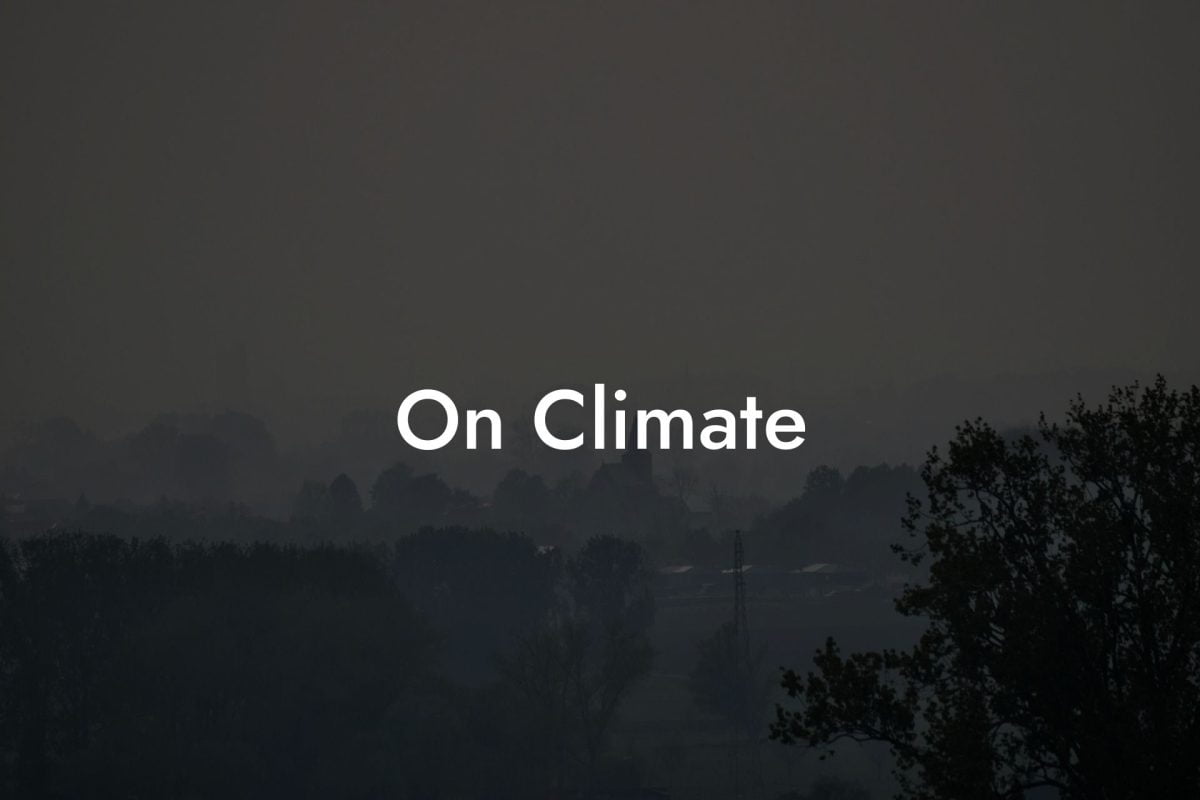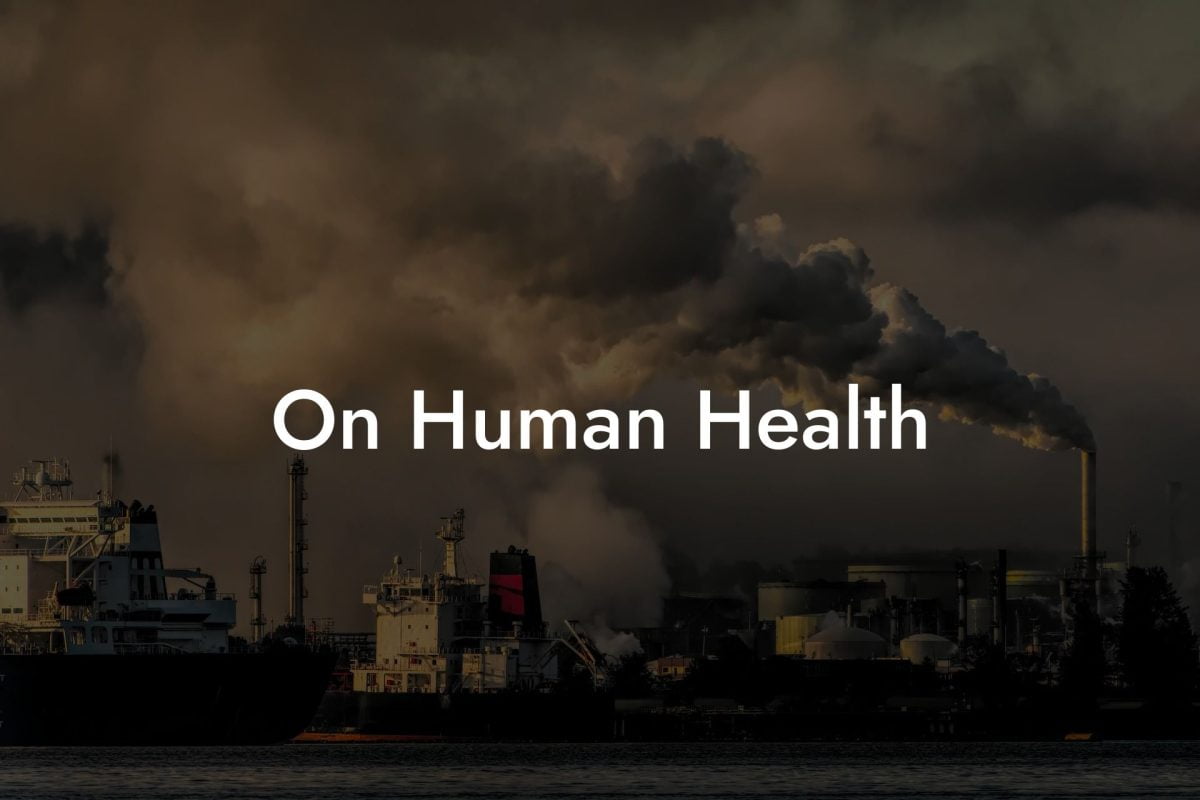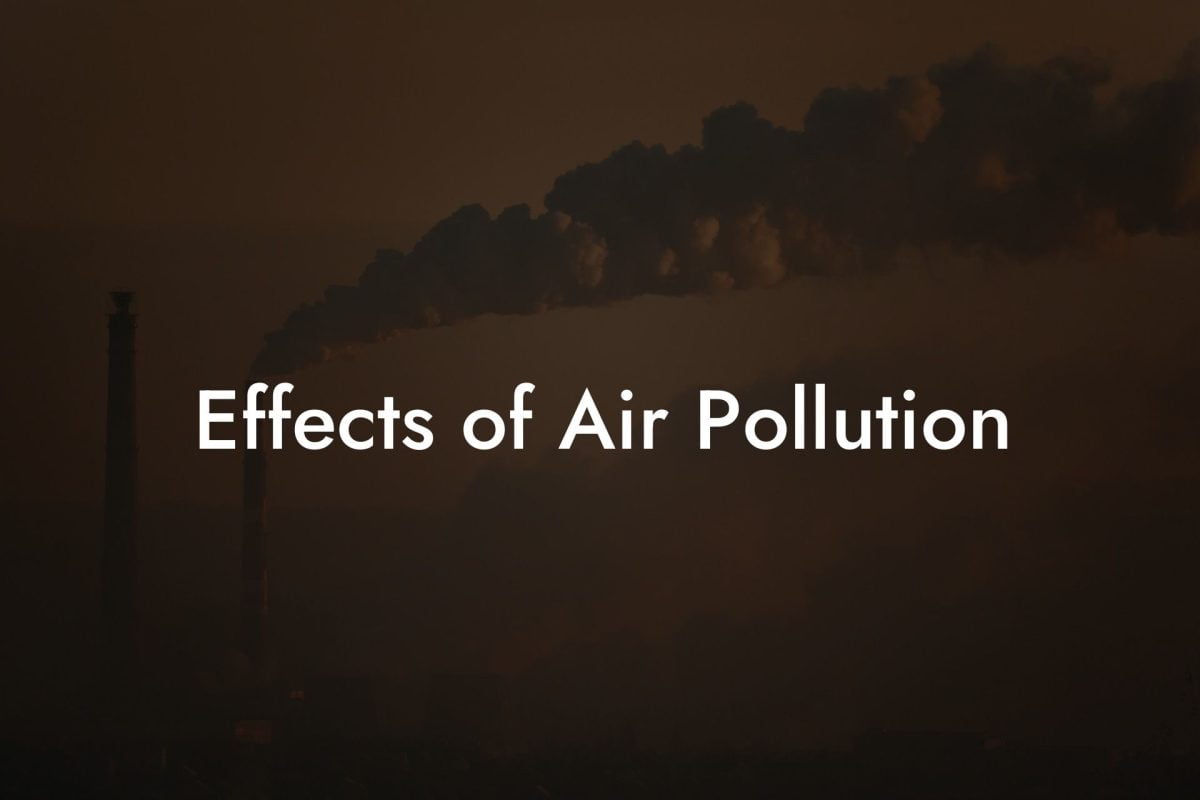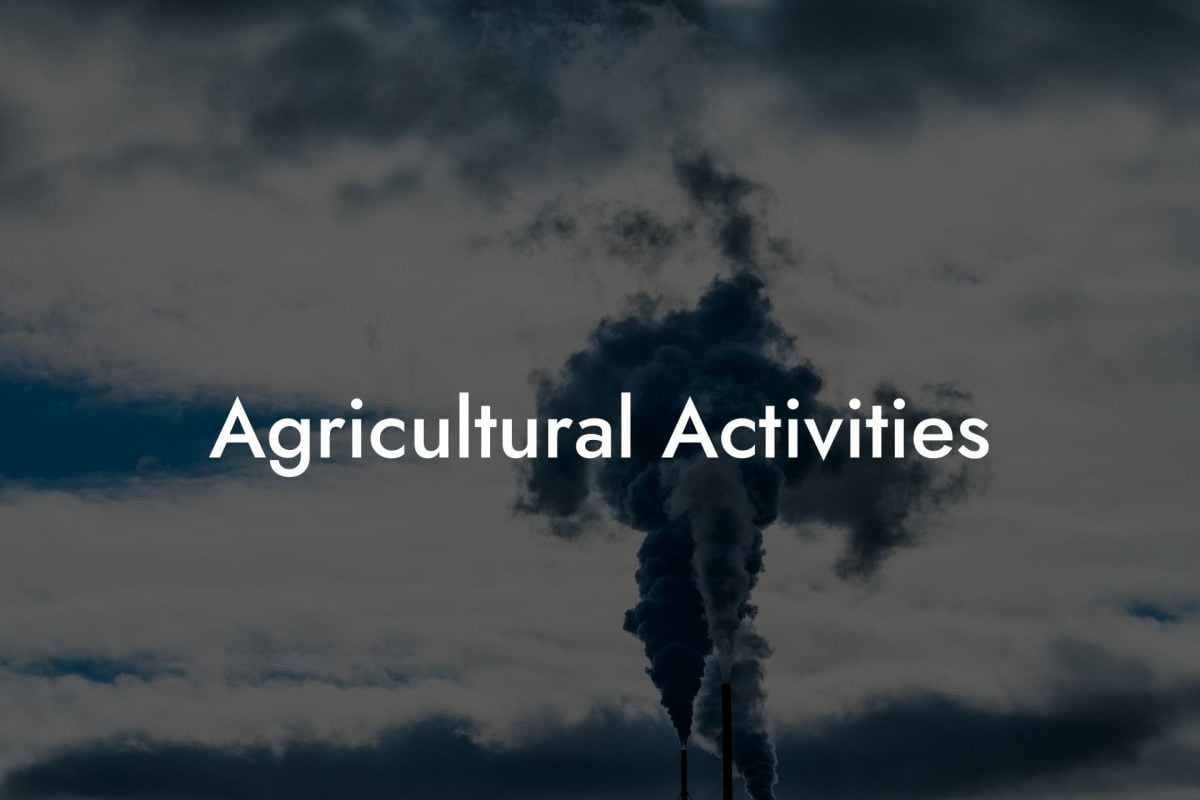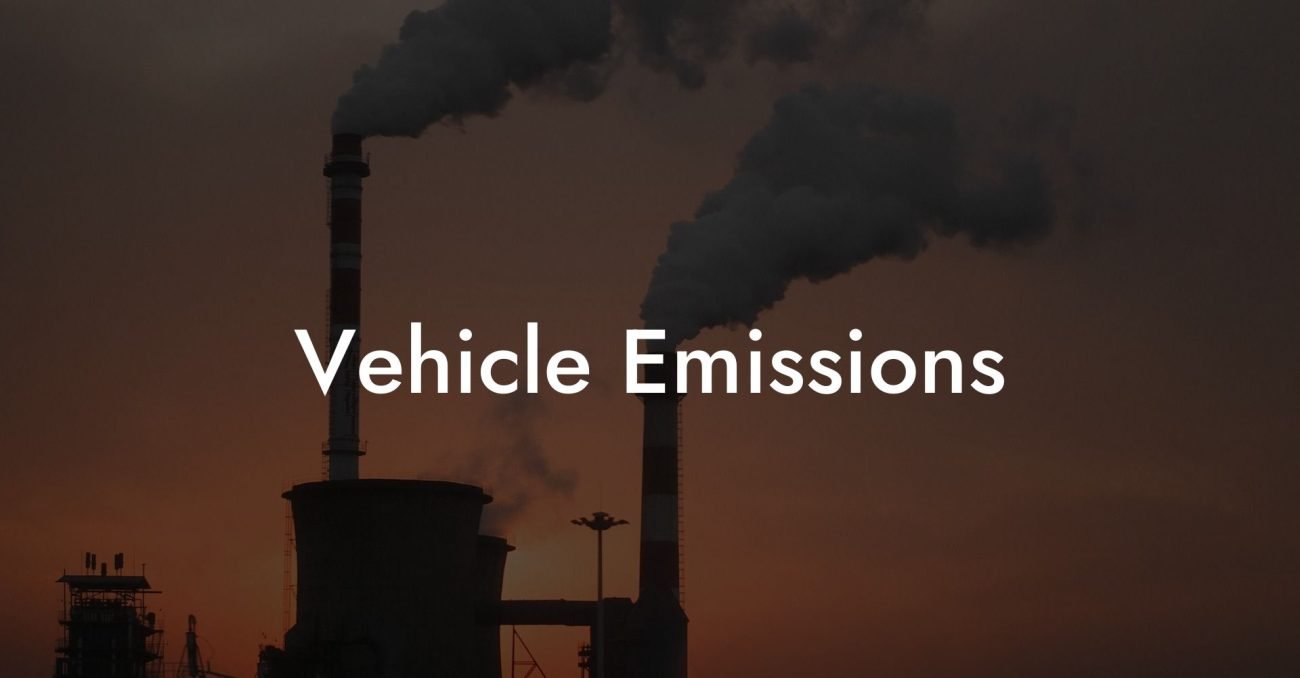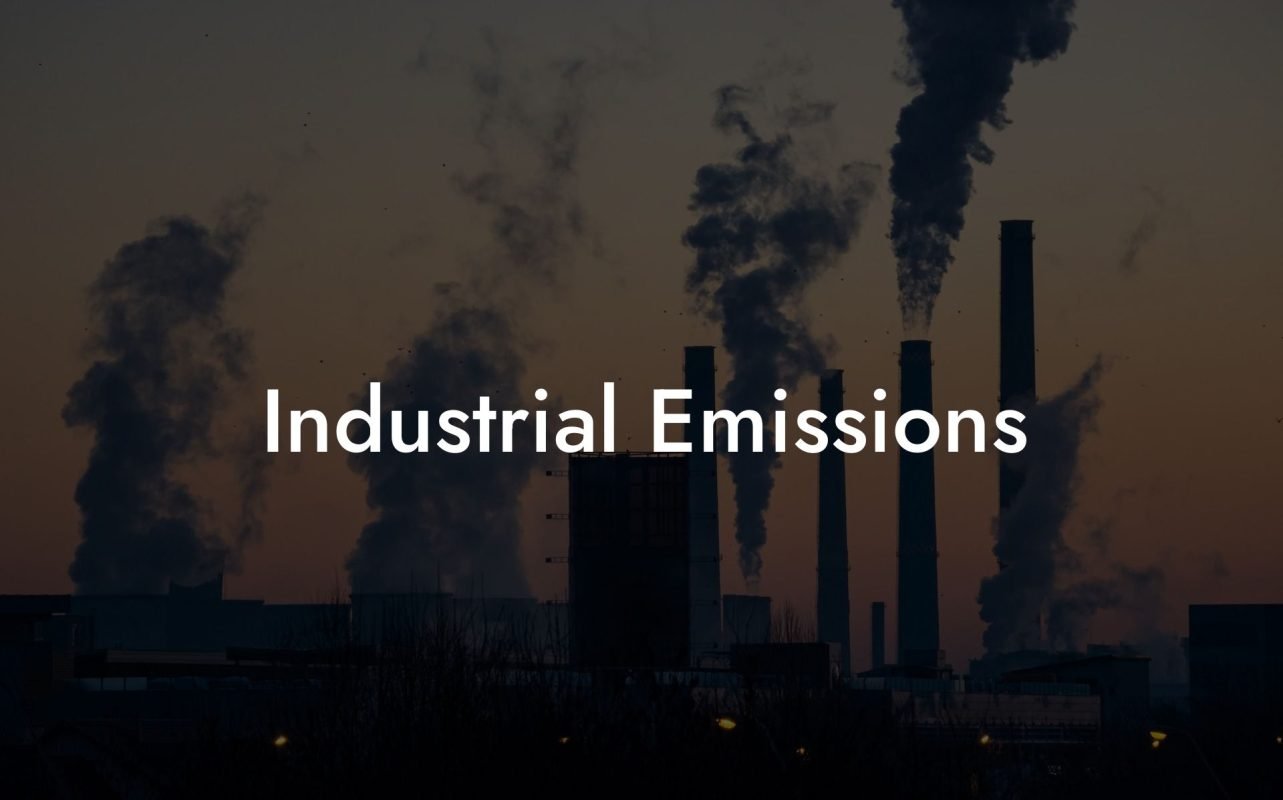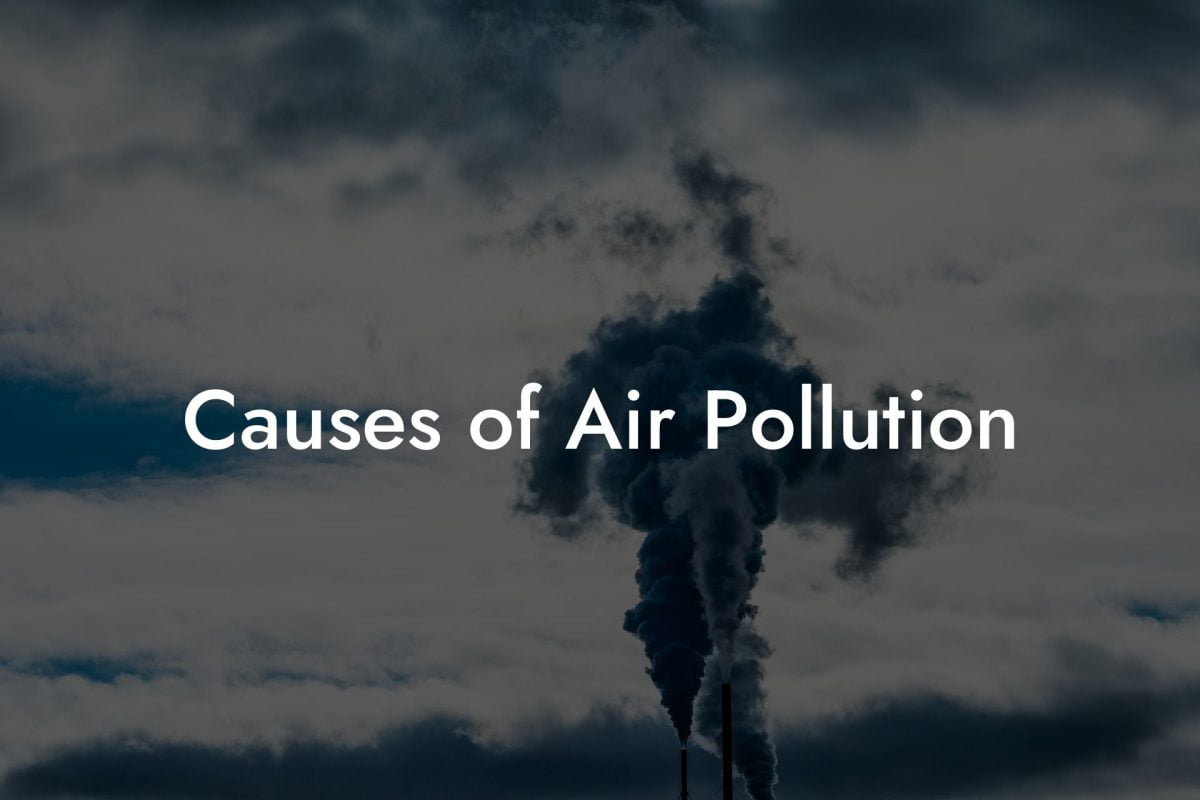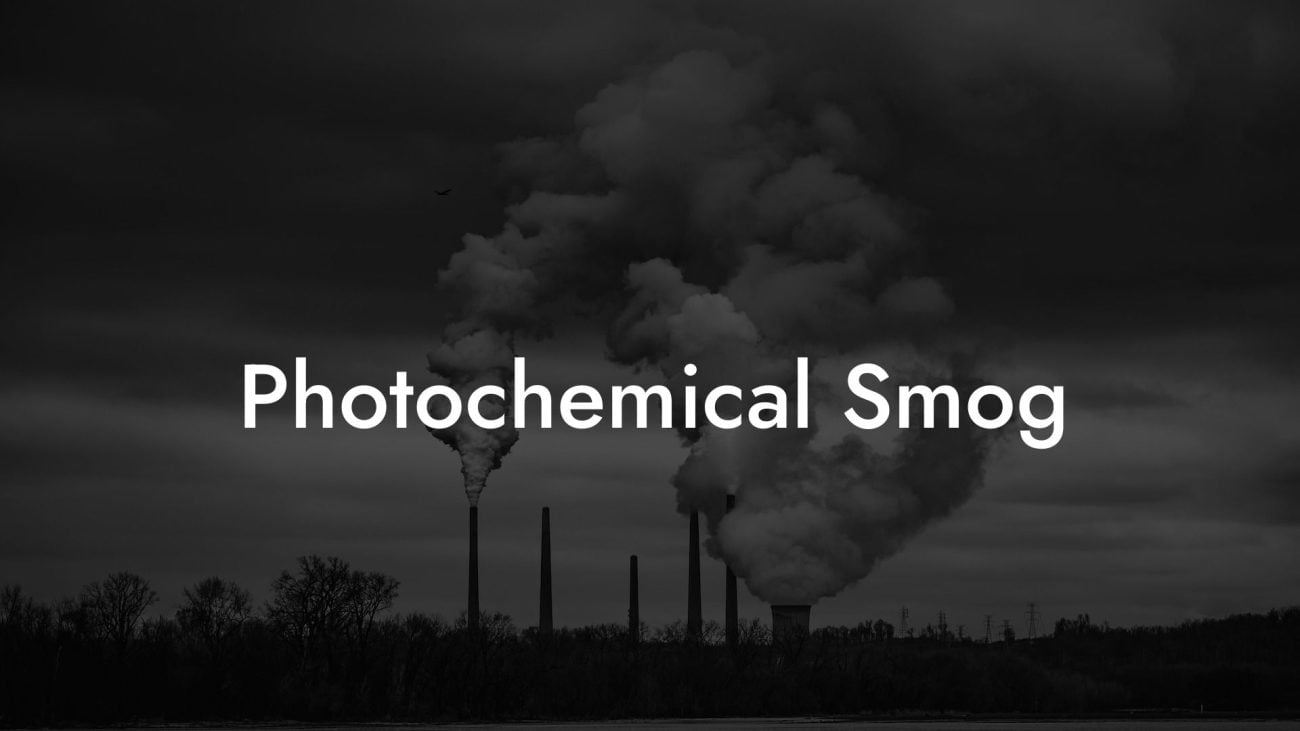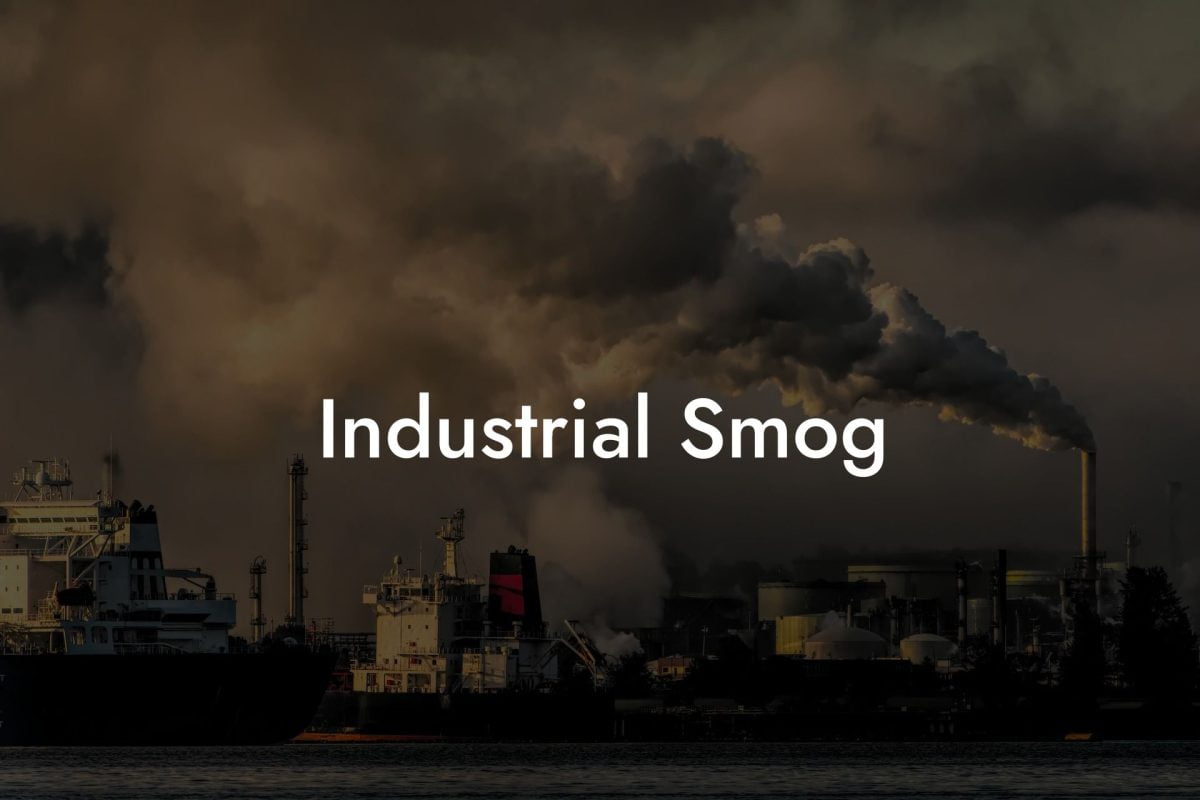Introduction to Methane
Methane (CH4) is a powerful greenhouse gas that plays a significant role in shaping our planet's climate. Understanding its sources, effects, and mitigation strategies is crucial in the global effort to combat climate change.
What is Methane?
Methane is a colorless, odorless gas, which is both a natural and human-made component of the Earth’s atmosphere. It is over 25 times more potent than carbon dioxide (CO2) in trapping heat in the atmosphere over a 100-year period.
Sources of Methane
Natural Sources
Natural sources include wetlands, termites, and the oceans, where methane is produced by biological activity.
Anthropogenic Sources
Human activities contribute significantly to methane emissions. Key sources include fossil fuel production, agriculture (especially livestock and rice fields), and waste management (landfills).
Methane and Climate Change
Methane is a potent greenhouse gas. Its increased concentration in the atmosphere contributes significantly to the greenhouse effect and global warming.
Shorter Atmospheric Lifespan
Despite its relatively shorter atmospheric lifespan compared to CO2, methane has a much greater warming potential in the short term.
Health and Environmental Implications
While methane itself is not toxic, its role in forming ground-level ozone can deteriorate air quality, affecting respiratory health.
Ecosystem Impact
Methane emissions contribute to environmental changes that can disrupt ecosystems and biodiversity.
Satellite and Ground-Based Observations
Advancements in satellite and ground-based technologies have enhanced our ability to monitor methane emissions globally.
Importance of Accurate Measurement
Accurate and continuous monitoring helps in understanding emission sources and trends, essential for effective mitigation strategies.
Strategies to Reduce Methane Emissions
Renewable Energy
Transitioning to renewable energy sources can reduce methane emissions from fossil fuels.
Agricultural Practices
Implementing sustainable agricultural practices, such as improved livestock management and rice cultivation techniques, can significantly reduce emissions.
Waste Management
Improving waste management practices, including recycling and capturing methane from landfills, can mitigate emissions from this sector.
The Role of Policy and Regulation
International Agreements
Global initiatives like the Paris Agreement play a crucial role in setting targets for reducing methane emissions.
National Policies
Countries implement policies and regulations aimed at controlling emissions from key sectors.
Methane Emission in the UK Context
UK Initiatives
The UK has implemented various measures to monitor and reduce methane emissions, aligning with its climate change commitments.
Comprehensive Methane Database
UK Air Pollution provides a detailed database of methane data across all UK locations and postcodes. This resource is essential for anyone seeking in-depth information about methane emissions in the UK.
Why Choose UK Air Pollution?
With a focus on providing accurate and current data, our platform is an invaluable tool for researchers, policymakers, and the public. Our engaging and informative content makes understanding methane’s impact accessible and interesting.
Enhancing Research and Policy Making
UK Air Pollution is the perfect partner for all your methane-related research projects, policy development, and environmental initiatives. Our comprehensive data enhances understanding and informs action in the fight against climate change.
Frequently Asked Questions
What is Methane?
Methane is a colorless, odorless gas and is the simplest hydrocarbon, consisting of one carbon atom and four hydrogen atoms (CH4). It's a potent greenhouse gas and plays a significant role in Earth's carbon cycle.
How is Methane Produced?
Methane is produced through both natural and anthropogenic (human-related) processes. Natural sources include wetlands, termites, and the oceans. Anthropogenic sources include livestock farming, rice paddies, landfills, and the production and transport of coal, oil, and natural gas.
Why is Methane Important?
Methane is important due to its impact on the climate. It's a potent greenhouse gas, more effective than CO2 in trapping heat in the atmosphere, thus significantly contributing to global warming.
How Does Methane Contribute to Global Warming?
Methane contributes to global warming by trapping heat in Earth's atmosphere. It is over 25 times more effective than CO2 at trapping heat on a 100-year scale.
What Are the Main Sources of Methane Emissions?
Key sources of methane emissions include natural processes like decomposition in wetlands, and human activities such as livestock farming, rice cultivation, fossil fuel production, waste management, and biomass burning.
How is Methane Emitted from Agriculture?
In agriculture, methane is emitted primarily through enteric fermentation (digestive processes in livestock), manure management, and rice cultivation, where flooded fields create anaerobic conditions conducive to methane production.
What Role Do Livestock Play in Methane Emissions?
Livestock, particularly ruminants like cows and sheep, produce methane during digestion. This process, known as enteric fermentation, is a significant source of methane emissions.
Can Methane Be Used as an Energy Source?
Yes, methane is the main component of natural gas, a common fuel source. It's used for heating, cooking, and electricity generation, and as a fuel for vehicles.
How Long Does Methane Stay in the Atmosphere?
Methane remains in the atmosphere for a shorter time than CO2, typically around 12 years, but it is much more efficient at trapping radiation, making its short-term effects on climate change significant.
What is the Global Warming Potential of Methane?
The global warming potential of methane is about 28-36 times greater than that of CO2 over a 100-year period. This means methane's impact on climate change is significantly higher per molecule than CO2.
How Can Methane Emissions Be Reduced?
Reducing methane emissions can be achieved by improving agricultural practices, capturing methane from landfills, managing animal manure, and repairing leaks in natural gas systems
, among other methods.
What Are Methane Hydrates?
Methane hydrates are solid compounds where methane molecules are trapped within a crystal structure of water. They are found in sediments under the ocean floor and in permafrost regions.
How Do Wetlands Contribute to Methane Emissions?
Wetlands contribute to methane emissions as the anaerobic conditions (lack of oxygen) in waterlogged soils allow for methane-producing bacteria to thrive, breaking down organic material and releasing methane.
What is the Role of Methane in the Energy Sector?
In the energy sector, methane is a primary component of natural gas, used extensively for electricity generation, heating, and as a fuel for vehicles.
Can Landfills Produce Methane?
Yes, landfills are notable methane producers. Organic waste decomposes anaerobically in landfills, releasing methane, which can be captured and used as an energy source or flared to reduce emissions.
How Does Methane Affect Air Quality?
While methane itself is not a direct air pollutant, its presence in the atmosphere can lead to chemical reactions that produce ground-level ozone, a harmful air pollutant.
What is Anaerobic Digestion?
Anaerobic digestion is a process where microorganisms break down organic materials in the absence of oxygen, often used for waste treatment or to produce biogas, which contains methane.
How Does Thawing Permafrost Affect Methane Emissions?
Thawing permafrost can increase methane emissions as organic matter trapped in frozen soil decomposes and releases methane, a process that's accelerated by rising global temperatures.
What are the Challenges in Measuring Methane Emissions?
Measuring methane emissions is challenging due to its diffuse sources, like small leaks across vast natural gas systems or widespread agricultural sources, making accurate quantification difficult.
How Does Climate Change Affect Methane Emissions?
Climate change can lead to increased methane emissions. For example, higher temperatures can stimulate methane production in wetlands and increase the rate of permafrost thaw.
What Initiatives Exist to Reduce Methane Emissions?
Initiatives to reduce methane emissions include international agreements like the Global Methane Pledge, regulations on venting and flaring in the oil and gas industry, and programs promoting sustainable agriculture practices.


